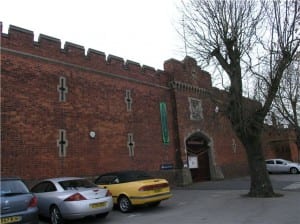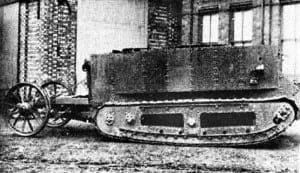Just like William Tritton, William Rigby and Major Wilson did in 1915, Myself, Ben, Gabby and Steph had a meeting to discuss and layout our ideas of what we could do about the Tank and its development in Lincoln, but also how it could relate to The Great Grandstand.
Our first couple of ideas centred on how the Tank could link to the Grandstands building, but we realised its more about the area surrounding the Grandstand than the building itself, most notably West common. Research we had found prior to our meeting suggested that West common had been used during the First World War for the testing of new aircraft, also the practising of building trenches, but there was no evidence about the First Tank and West common.
We had come across a problem, how could we relate the Tank to the grandstand?
That question got me thinking outside of our meeting and after reading the hand out we had been given during our seminar, Mike Pearson had posed the question “What are the marks, traces and details of human activity: past and present” ((Mike Pearson, 2011, Some Approaches to Research)) Could there been traces from testing of the Tank in Lincoln? Could we try and replicate its testing on grandstand area? Because I had asked myself those questions it got me again thinking about how we could leaving our mark just like the Tank had done 98 years ago. Even better could we replicate the Tanks process start to finish? Drawing our own blue print, construing a model on site and final testing it out at the end of our performance.
How would the site be affect by us bringing a piece of the past to present?


